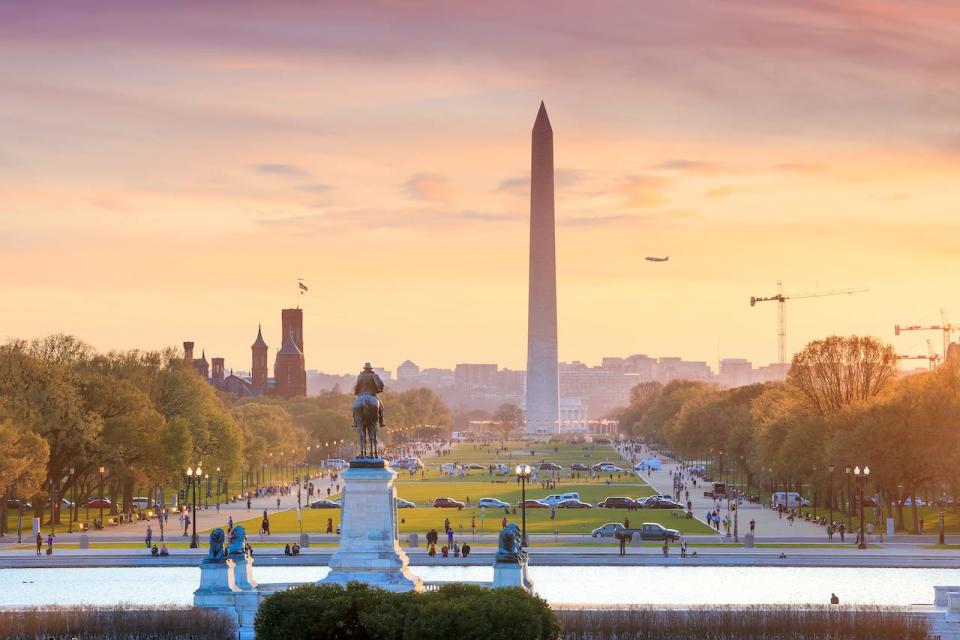Here's how much money it takes to be in the upper class in each state

Here's how much you need to make in each state to be upper class — and what percentage of each state is.
The upper class in Washington, DC, starts at $202,000, while in Mississippi, it's $105,400.
More than 21% of DC residents are upper class, compared with just 14.4% in Alaska.
This map shows just how much Americans in each state need to make to be considered in the upper class — and what percentage of residents fall into that demographic.
A Business Insider analysis of 2022 US Census Bureau data, the latest year for which data is available, has found that 21.1% of people in Washington, DC, are considered upper class, with household incomes above $202,000. Meanwhile, just 14.4% of Alaskan households are upper class, earning above $176,000.
That's based on the Pew Research Center's definition of upper class, which is earning at least double a state's median income. This means that states with households with more income dispersion may have more people in the upper class, even with a higher income cutoff.
The Census Bureau notes that the real median household income nationally was $74,580 in 2022, ranging on a state level from $52,700 to $101,000. This means the upper class in one state could still be considered middle class in another.
Even so, being upper class may not feel like swimming in wealth. For instance, some HENRYs — high earners, not rich yet — previously told BI that even with household incomes clearly landing them in the upper class, they were still worried about retirement, buying a home, having kids, or going on vacations.
DC has the highest cutoff, followed by New Jersey at nearly $192,700 per household. Maryland, Massachusetts, Hawaii, California, and Washington all have cutoffs in the range of $180,000 to $190,000 per household.
When looking at the share of households in the upper class, the top 10 shifts. New York has the second-highest share in the upper class at nearly 21%, even though the cutoff is $159,100. Louisiana, with a cutoff of more than $110,800, was ranked third.
Nearly every state in the bottom 10 for upper-class cutoffs was in the South. To be upper class in Mississippi — which 19.3% of the population is — households must make a bit more than $105,400. West Virginia comes in at $108,650, while Louisiana, Arkansas, Kentucky, Oklahoma, Alabama, and New Mexico are all below $120,000.
The list of states with the lowest shares of people in the upper class also doesn't correspond. Alaska, Utah, and Idaho have below 15% of their populations in the upper class, while Wyoming and Delaware are in the 15% range.
Do you feel upper class? Did you move to another state where you could feel more financially secure? Tell this reporter why or why not at nsheidlower@businessinsider.com.
Read the original article on Business Insider

 Yahoo Finance
Yahoo Finance 